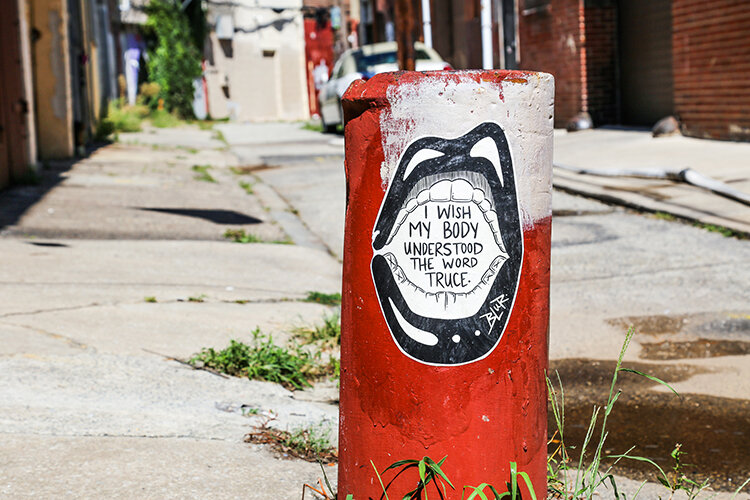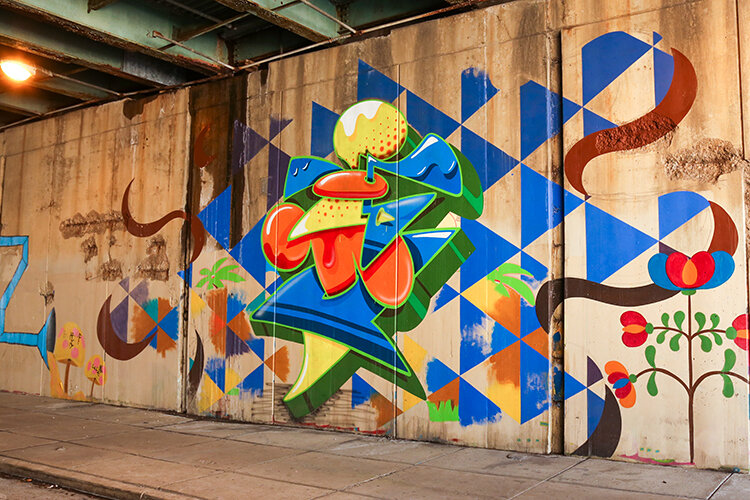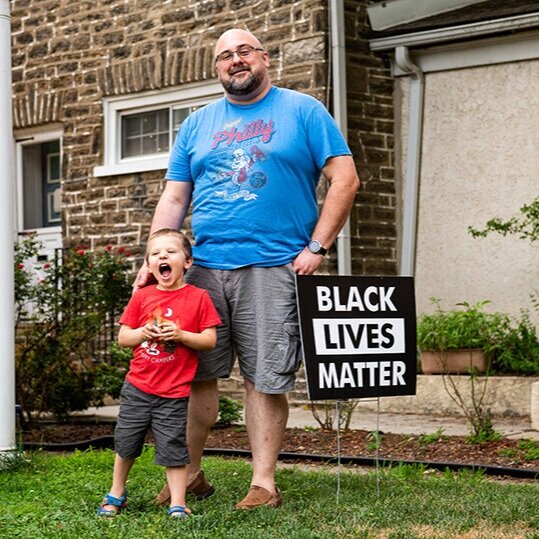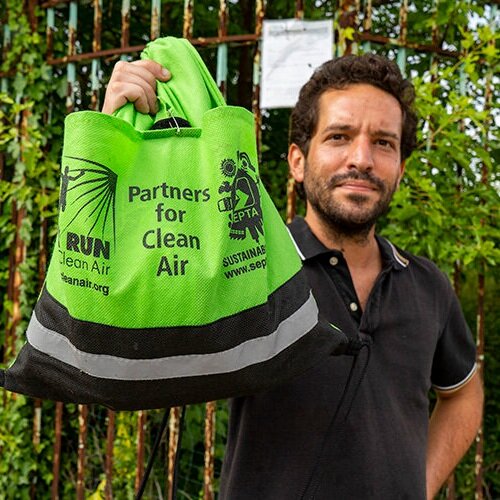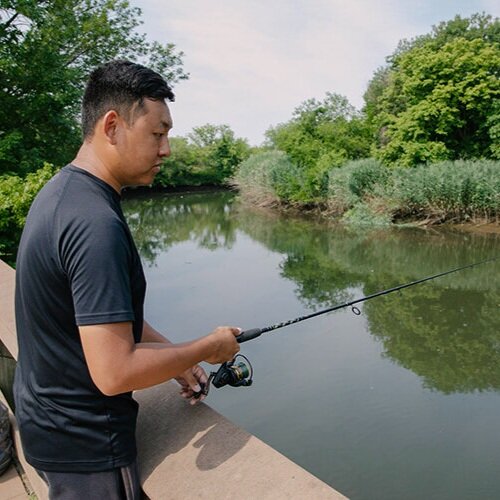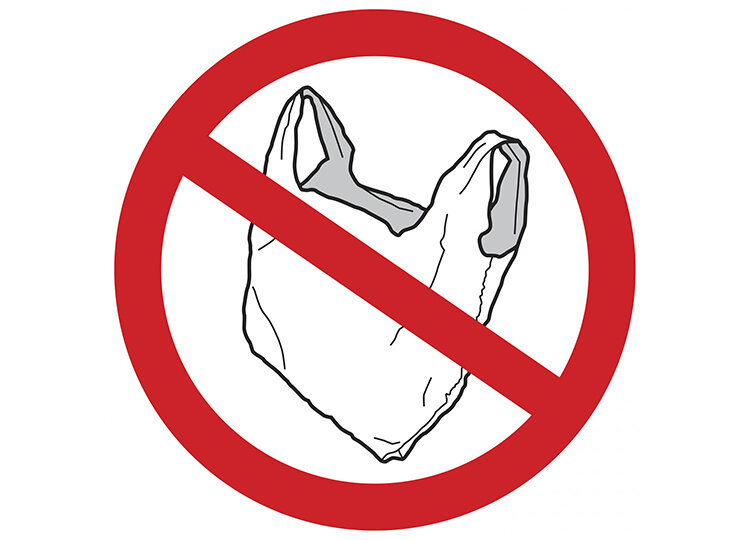Fishtown native Conrad Benner was in community college, working at a gelato shop in 2011 when he started capturing Philadelphia’s street art. Connecting his love of photography and writing, Benner began what is now Streets Dept, a full-grown photoblog and community news source that documents street art and artists.
From WordPress to TikTok, Benner has adapted the blog to various media, and is now starting a Patreon account, where subscribers can sign up to pay a certain amount per month in exchange for exclusive content.
In this Q&A with Grid, Benner looks back at his last decade running Street Dept.
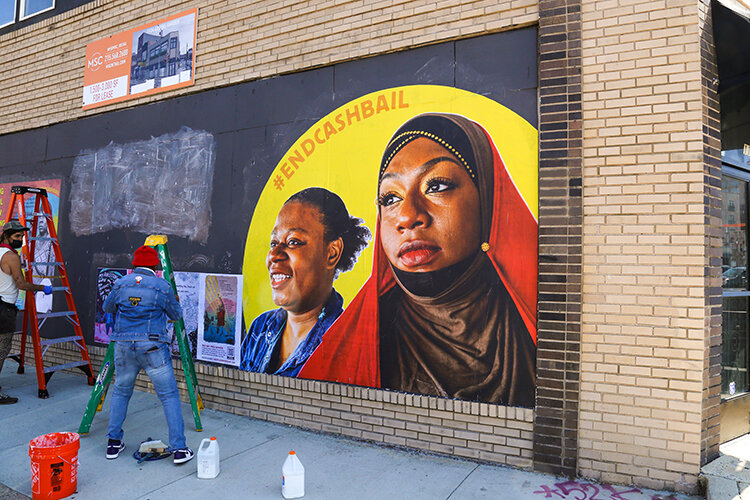
This interview has been edited for length, clarity and style.
Can you tell us about how you started Streets Dept?
I was working at Capogiro Gelato at the time and was going to community college as well. I was just interested in creating some sort of platform of my own.
Blogs were still relatively new back then. Photoblogs were brand new, and I was really interested in photography. I had done a few years of freelance writing, working with Phrequency and Philly Mag. I was interested in skipping over an editor and skipping over an approval process and just posting whatever I wanted.
I wanted to develop a very focused sort of blog. So I examined my own interests, I examined my photography and realized that so much of it was street art. I realized that there weren’t blogs back then—and there really aren’t today—that focus on Philly street art. So it came out of that.
I got a $25 WordPress site, started putting photos up, and then very quickly after, started meeting with artists, interviewing them and learning more about the practice in different art forms.
Artist Nilé Livingston with her 2020 Fishtown mural “Entanglement”.
Did it slowly become more collaborative as the years went on?
Yeah. The blog wouldn’t exist if I didn’t have the support of so many street artists around Philly who text me when new stuff is up or invite me to go out for shoots.
I have some artists who will, when they go out, send me Google pins to the 17 spots they put up art at—all of that’s so helpful. Some of the earlier posts that did really well were photographing artists while they were installing. This is before Instagram, before Instagram Stories, before all that stuff, so seeing an artist’s work was something maybe you saw in, like, a book, but you rarely saw it outside of that.
What would you say are some of the things that you’ve most learned the past decade with this project?
I think I made the right decision to hyper-focus on something. Even today, I have a couple of people who help me with the blog, but it’s still run, effectively, by me, having a singular focus and being able to devote myself and my interests and my passions to that.
I’ve just really learned how valuable this space is and how much people really value our super-diverse art scene here. A lot of cities don’t have public art and some cities that do might have super-curated public art pieces and super-curated murals or no street art.
“Street art by its nature is political—you are creating stuff for the public space without permission, without commission.”
— Conrad Benner
Philly’s in this unique place where we have these historic, groundbreaking arts institutions—like Mural Arts, Percent for Art, Association for Public Art—and the culture here, based off just who Philly is.
Philly in the ’60s was arguably the first city, maybe the Bronx as well, that invented the modern-day graffiti movement. And of course, street art is an evolution of graffiti.
I think all that plays into the fact that we have so many art schools in this city, the fact that we’re a super walkable city, the fact that most artists go up on construction materials or abandoned spaces, which there’s a lot of in pretty much every neighborhood in Philly. There’s a lot of blank canvases and we just have this deep and beautiful culture here of street art, muralism, public art.
I saw you’re on TikTok and various social media. I’m sure that the increase in social media was not something you could have foreseen 10 years ago.
Ten years ago I wasn’t “the face.”
I wrote the blog and wrote all the blog posts, but you rarely saw my face, you barely knew who I was. But social media has become so personal over the last number of years where now I’m doing TikTok videos and getting recognized at bars.
I’m having to be strategic but also real and organic about, like, ‘Okay, these are my passions, this is a story I’m ready to tell, this is a story I’ve been working on for a decade-plus now.’ If the storytelling tool now is face-to-camera video, then I have to adapt to that.
Conrad Benner of Streets Dept. Photography courtesy of Conrad Benner.
What would you say has been one of the biggest challenges for you?
The biggest challenge for me is figuring out how to make this sustainable, which leads us to the Patreon.
The blog will always remain a free news source. We write about new things that are happening for the most part—new street art installations, new murals, new public art.
In the past, it’s been funded by advertising on the blog. The whole Streets Dept operation has also been supported by various campaigns we would do on Instagram or partnerships I do with advertisers where I would create content for them for their channels.
But 2020 really changed everything. So many of our sponsors just had to go on pause, our podcast sponsors, our Instagram sponsors, everything paused.
Strategizing, I’m thinking about, ‘How can we build a system that’s a little bit more sustainable, where I hope and suspect advertisers will come back?’
But I also want to have this other thing where, if you’ve been reading my blog for a number of years, or even if you’re new, and you want to get something extra, aside from that free news content, we’ll work our butts off to get you more content and do stuff for you, and you can show your support with a monthly financial donation of $5, $10 or $35.
What are some of the things that come with those memberships?
A 2019 wheatpaste by street artist Blur in South Philly.
We’re going to do a newsletter, and in that there’ll be various updates, including curated public art maps.
Joe Boruchow’s 2019 ad takeover at a Broad Street bus shelter critiques the Union League of Philadelphia. Photo courtesy of Joe Boruchow.
So every month, we’ll tell you a different spot in the city that you can walk around for about a half-hour and see five to six different installations, public art murals, or if it’s like a street art area, and we’ll give you a map, we’ll give you a Google link to the route itself and that’ll include information about all the places you’re stopping at.
We’re also going to include a longer form article called Local Tourist that’s written by my blog partner, Eric Dale, where he’ll deeply dive into various attractions in and around Philadelphia that we think are worthy of people’s time and energy.
We’re gonna play games, we’re gonna have drinks, we’re gonna have fun because I think that that’s what people want. This will just be a place for me and the artists and the Patreon subscribers to hang out. And then we’ll be doing street art excursions, which will be like walks around the city with a handful of Patreon subscribers, and then there’s a year-end magazine that we’ll be developing.
Abstract art by Le Josh created in October 2020 on Fairmount Avenue under I-95.
What have been some of the most exciting parts of working on Streets Dept throughout the past decade?
When Instagram came out. All of a sudden street art could be even more ephemeral than it was before.
Street art by its nature is ephemeral, like stuff can get buffed the day you put it up, someone can rip it off, if it’s near a bus stand, people will pick at it. But with Instagram, artists could either invite me out or just photograph it themselves and put something out and it could be gone within minutes of them installing it but the photos would last forever.
Street art is always evolving. I think artists are always kind of trying to outdo each other and outdo themselves and innovate and be different and set themselves apart. One other big trend I saw there, of course, was with the election of Donald Trump, there became so much political street art.
Street art by its nature is political—you are creating stuff for the public space without permission, without commission.
So in its nature, it’s political. Plenty of artists created political street art before Trump, but with Trump, it felt like everyone wanted to have their values and their opinions reflected in the public space. And I started to see really interesting, dramatic, poignant street art pieces that would stay up for a very long time, and wouldn’t get buffed, so it seemed like everyone was sort of approving of it.
So the entire Trump administration produced a lot of energy in this country, period. The good side of that energy, I would say, activated a lot of street artists who saw the public space as a tool to get their emotions out and to reflect their values and hopes and dreams.
What do you hope the next decade will bring for Streets Dept?
I just want to keep growing this.
I think these are important conversations to have. I think our public space is so valuable—the art in our public space is so valuable. It deserves a constant critical eye and constant conversation.





